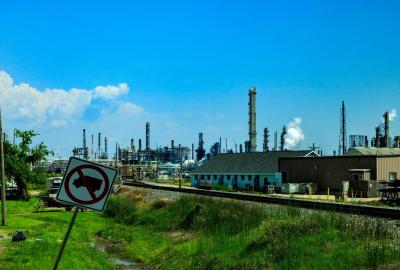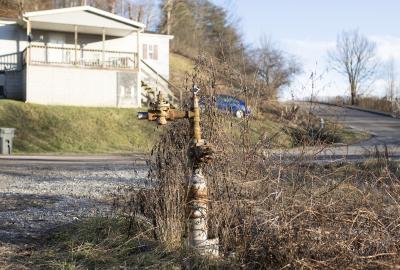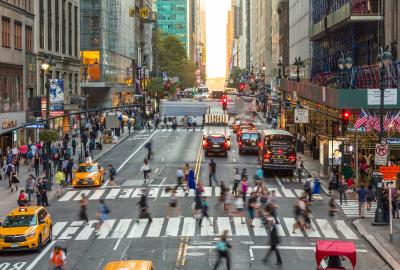The truth about solar energy
Here are three facts about sunshine:
1. It's free.
2. It's abundant.
3. It's available worldwide.
And here are three truths about fossil fuels:
1. They will eventually run out.
2. To get to all of them, we will have to drill in pristine ecosystems.
3. Burning oil, gas and coal for energy produces harmful pollution.
The better energy choice seems clear. Yet misinformation about solar power persists. Here's what you need to know.
Is solar energy really better? What about the resources needed to build the panels?
One solar panel generates enough clean electricity to offset the initial pollution created by its production and transportation in just three years, on average.
Given that modern panels last about 30 years, that’s decades of clean energy generation.
On the other hand, burning fossil fuels for energy requires extracting oil, gas and coal again and again. Plus, burning fossil fuels is the biggest source of planet-warming pollution, and co-pollutants like soot are known to cause respiratory problems and cardiovascular disease.
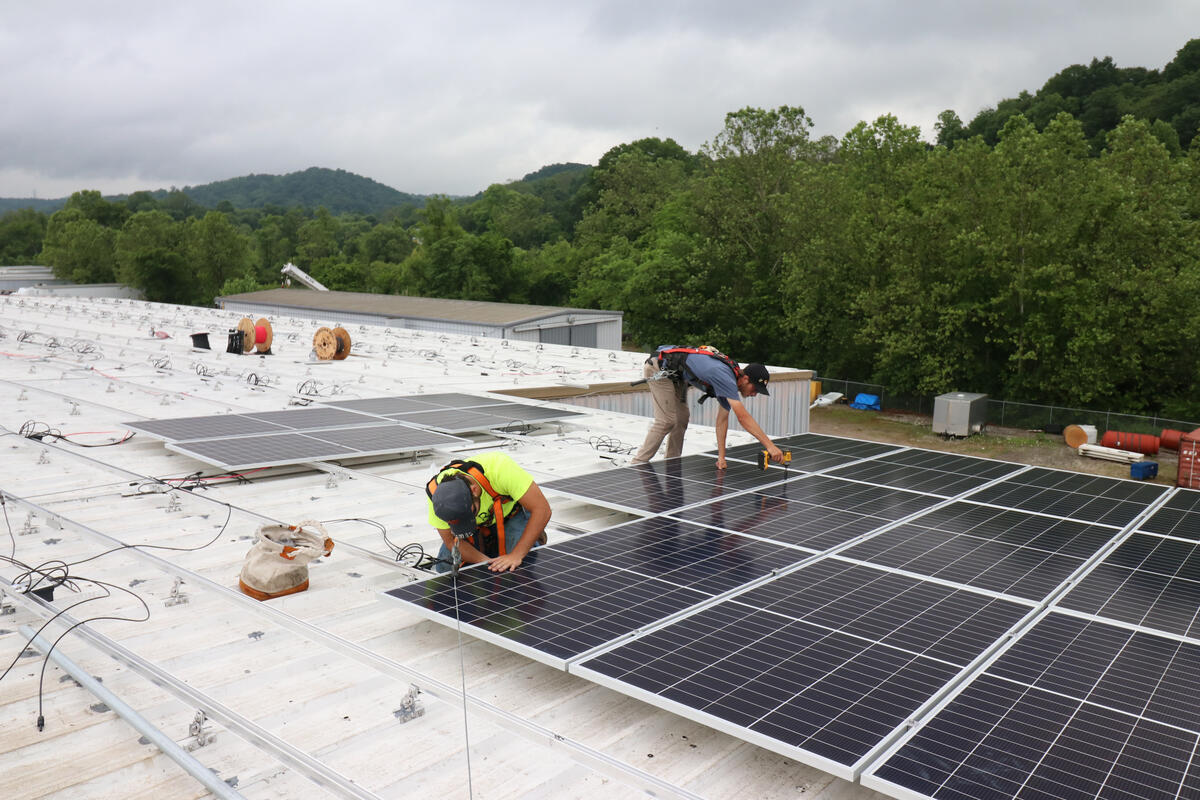
If we continue to use farmland for solar energy, where will we grow food?
Farmland is ideal for solar arrays because it’s flat and enjoys a lot of sunshine, but that doesn’t mean that land can’t also be used for growing food.

In fact, some innovative farmers are finding that solar panels can actually co-exist quite well with some crops — a practice called agrivoltaics. That’s because the shade cast by the panels lessens evaporation, reducing the need to irrigate.
The panels can also protect crops from severe weather, and grazing animals appreciate the shade. Plus, says Fiona Lo, a climate scientist at Environmental Defense Fund, growing plants underneath solar panels helps to keep those panels cool, increasing their efficiency.
However, farmland isn’t the only place for solar panels. “It’s possible to meet global electricity demand by adding solar panels to just half the world’s rooftops,” says Lo, citing a 2021 study by the World Economic Forum, which identified Asia, Europe and North America as potential hotspots for more rooftop solar energy generation.
Do solar panels contain toxic metals?
Solar panels are primarily made of extremely strong tempered glass, aluminum and silicon, with cadmium and copper sometimes added to make them better conductors of electricity.
While cadmium is a toxic heavy metal, the type of cadmium used in solar panels is cadmium telluride, a safer form that doesn’t dissolve in water or get released into the air. (It’s also encased in tempered glass.) A study published in the Journal of Natural Resources and Development did not find elevated levels of cadmium in the soil under solar panels. Burning coal releases much higher concentrations of cadmium.
Can we actually get enough reliable energy from solar?
A 2021 U.S. Department of Energy study found that solar could provide 40% of America's electricity by 2035. And research shows that solar, wind and energy storage together can meet much of America’s electricity needs without compromising reliability.
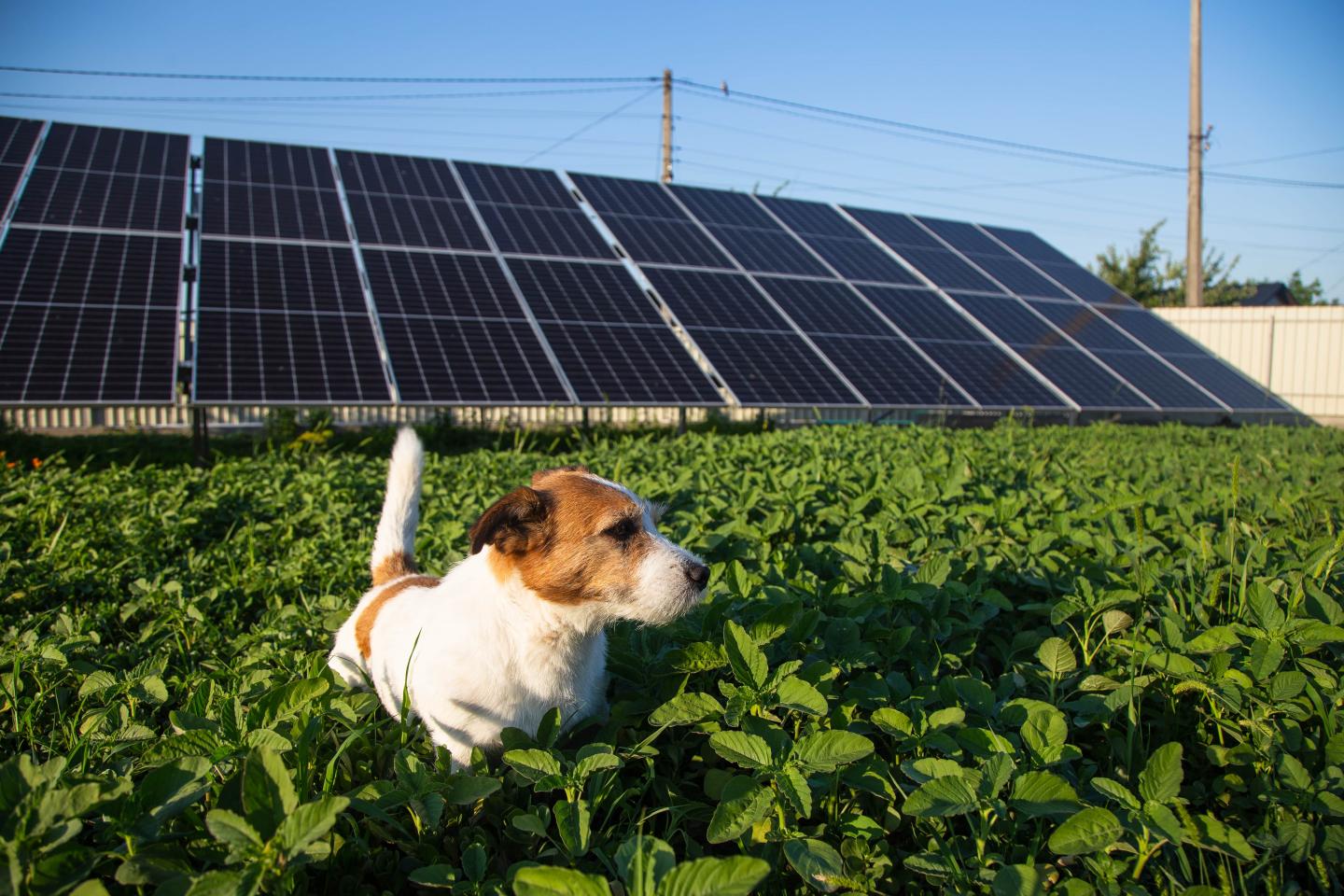
For example, advances in battery technology mean that we can now store solar power when generation exceeds demand, putting it back into the grid when it’s most needed.
In fact, it was energy from solar power that kept the lights on during Winter Storm Elliott in North Carolina in 2022 when traditional sources of energy like gas failed.
Plus, as solar panels drop in cost, they are increasingly attractive to both consumers and businesses. For example, the Denver airport has covered 140 acres of its open land with a solar array, and the power generated is expected to save the airport $3 million over 25 years — a win-win.
